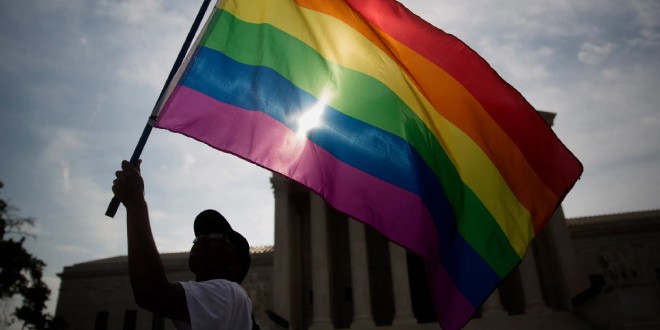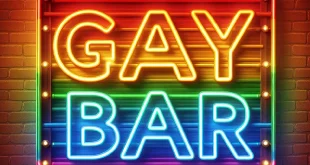The rainbow flag is a symbol of the lesbian, gay, bisexual, transgender and intersex (LGBTI) community and its diversity. It is often referred to as the gay flag or the rainbow pride flag.
The rainbow flag was first designed by artist Gilbert Baker in 1978. Baker, who was openly gay, created the flag as a symbol of unity and pride for the LGBTI+ community. The original design featured eight colors, each with its own meaning: pink for sex, red for life, orange for healing, yellow for sunlight, green for nature, turquoise for magic, blue for serenity, and purple for spirit.
Over time, the flag has undergone several modifications. Today, the most common version of the rainbow flag features six colors: red, orange, yellow, green, blue, and purple. These colors are arranged in a horizontal stripe pattern, with red at the top and purple at the bottom.
The rainbow flag is often used as a symbol of solidarity and support for the LGBTI+ community. It is flown at pride parades and other events celebrating LGBTI+ culture, and it is often used as a symbol of gay pride.
In recent years, the rainbow flag has become an increasingly visible symbol of the LGBTI+ community. It can be seen hanging in storefront windows, displayed on bumper stickers, and worn on clothing and accessories. As a result, the rainbow flag has become a powerful symbol of acceptance and inclusion for LGBTI+ individuals.
In conclusion, the rainbow flag is a symbol of the LGBTI+ community and its diversity. It is a symbol of unity, pride, and support for LGBTI+ individuals. As the visibility of the LGBTI+ community continues to grow, the rainbow flag will remain an important symbol of the community’s struggle for acceptance and equality.
 Lesbian, Gay, Bisexual, Transgender & Intersex News Lesbian News, Gay News, Bisexual News, Transgender News, Intersex News, LGBTI News
Lesbian, Gay, Bisexual, Transgender & Intersex News Lesbian News, Gay News, Bisexual News, Transgender News, Intersex News, LGBTI News




